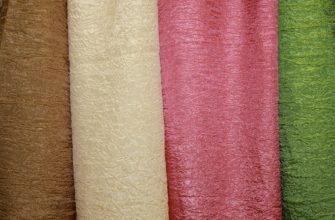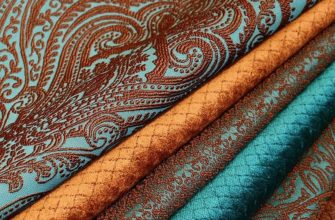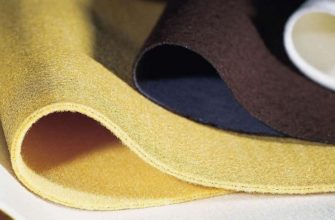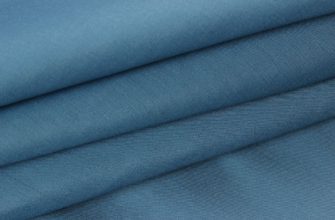Today, bed linen made of polysatin is quite popular: durable, inexpensive, with bright multi-colored patterns. The material is a hybrid of polyester and satin, from which it took the best sides. Before buying, it is worth finding out what polysatin (bed linen) is, the composition of the fabric, so as not to be disappointed in the purchase.
Polysatin - what kind of fabric is it?
It is a hybrid of satin and polyester. Its appearance is similar to silk and satin, and the fabric also has the properties of cotton.
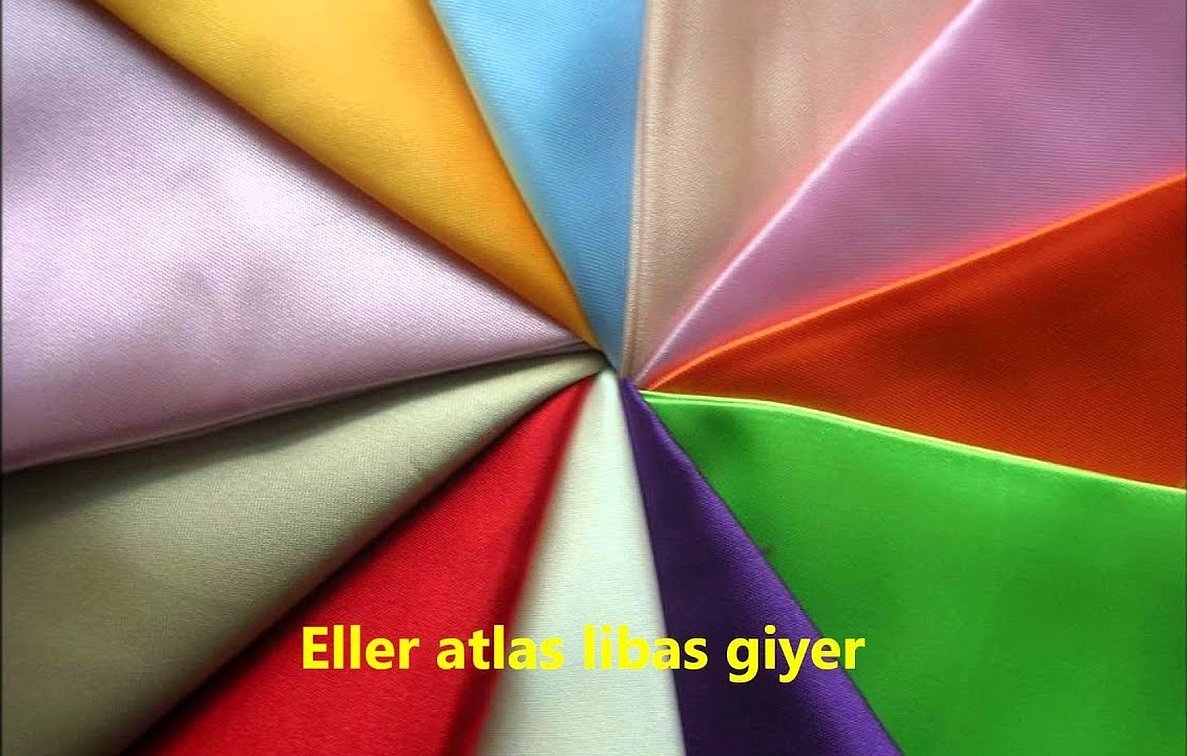
Material is double-sided:
- "face" is silky, slightly glossy;
- the back side is matte and rough.
Polysatin is smooth and slippery, the fabric itself is cold and dense (the average density is 70-100 g / m²). It practically does not wrinkle and does not require ironing, does not get dirty for a long time, washes well and dries quickly. Products made of polysatin have bright colors and patterns, they also have drawings and photographs with a 3D effect.
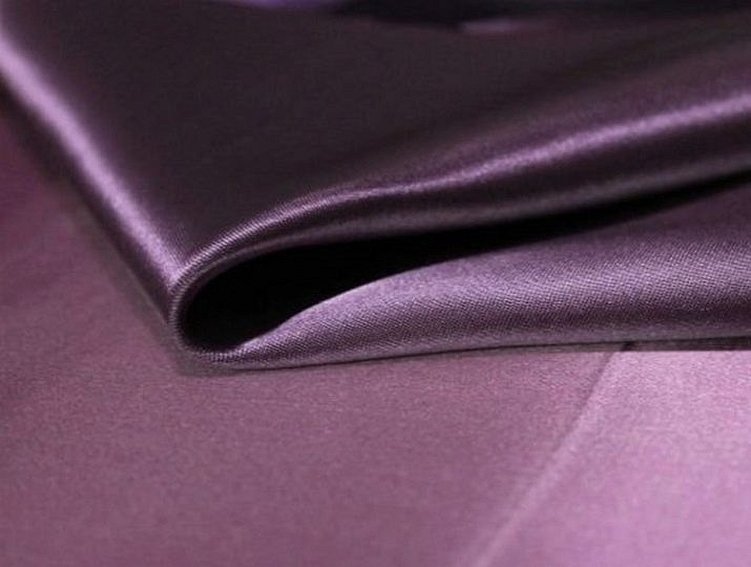
Polysatin - natural threads or synthetics
Polysatin is a synthetic fabric, as its second name suggests - artificial silk. In its production, satin or satin weaving is used, the front side is formed by a weft thread, due to which additional density and a slight shine appear.
What is the difference between polysatin and satin
Despite the similar names, there is a significant difference between these materials. It is easy to see the difference between satin and polysatin.
Artificial silk is a blended fabric, consisting of either only synthetics or diluted with cotton. Often the colors of this fabric are brighter and more attractive.
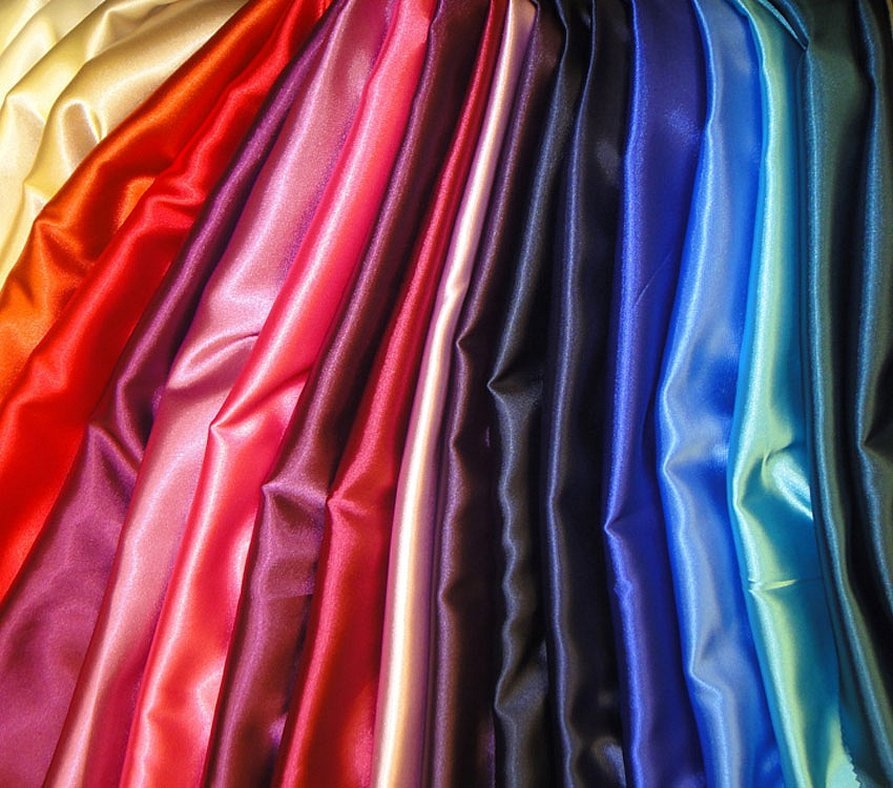
Satin is 100% natural. It is made from processed double-twisted cotton fibers. It is a soft and hypoallergenic material that retains heat well, does not fade or stretch over time. It has high strength and wear resistance. The service life is up to 8 years. It is often used for sewing bed linen.
Types of fabric and products made from them
Polyester is divided into two categories depending on the raw material and the area of application. The fabric is:
- household. Contains cotton and synthetics in various proportions (for example, polysatin composition can be 50/50 or 35/65). This fabric is more similar to natural material. Popular due to its variety of colors, lack of fading and the ability to apply almost any pattern. It is used for sewing clothes, bed linen or home textiles.
- industrial, 100% polyester. It repels dirt and dust well, retains its shape without stretching, and is highly wear-resistant. The fabric is used for sewing bags, mattresses, awnings, and canopies, as well as for upholstering upholstered furniture.

What is it used for?
The advantages of polyester include ease of sewing. It is easy to process, does not crumble or curl. The fabric is used for sewing:
- bed linen, decorative pillowcases, furniture upholstery, covers of various types, for example, for mattresses;
- curtains and drapes, napkins and tablecloths;
- dresses, dressing gowns, sarafans, raincoats, jackets and other waterproof outerwear;
- bags and backpacks;
- branded clothing, overalls.
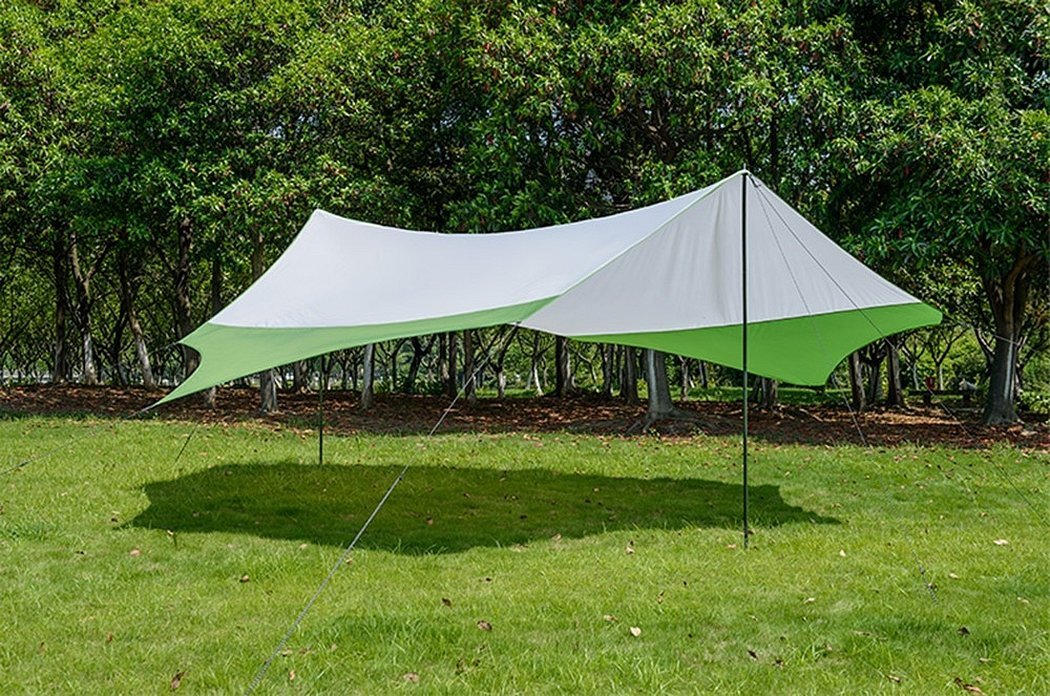
Important! Different types of artificial silk are used for different things. For example, cotton-based material is chosen for clothing and underwear, while pure polyester is chosen for protective workwear and bags.
Care of bed linen
Proper care will help to significantly extend the life of things. Polyester is not capricious, but it is still worth following some rules:
- Dry the items in a straightened form in natural conditions. Polysatin dries faster than many fabrics, and therefore there will be no problems with it;
- due to the absence of creases, the material does not require ironing;
- If creases appear after storage, they can be ironed in the "Synthetics" or "Silk" mode, or through a special cloth or gauze. The precautions are related to the negative attitude of polyester to high temperatures.
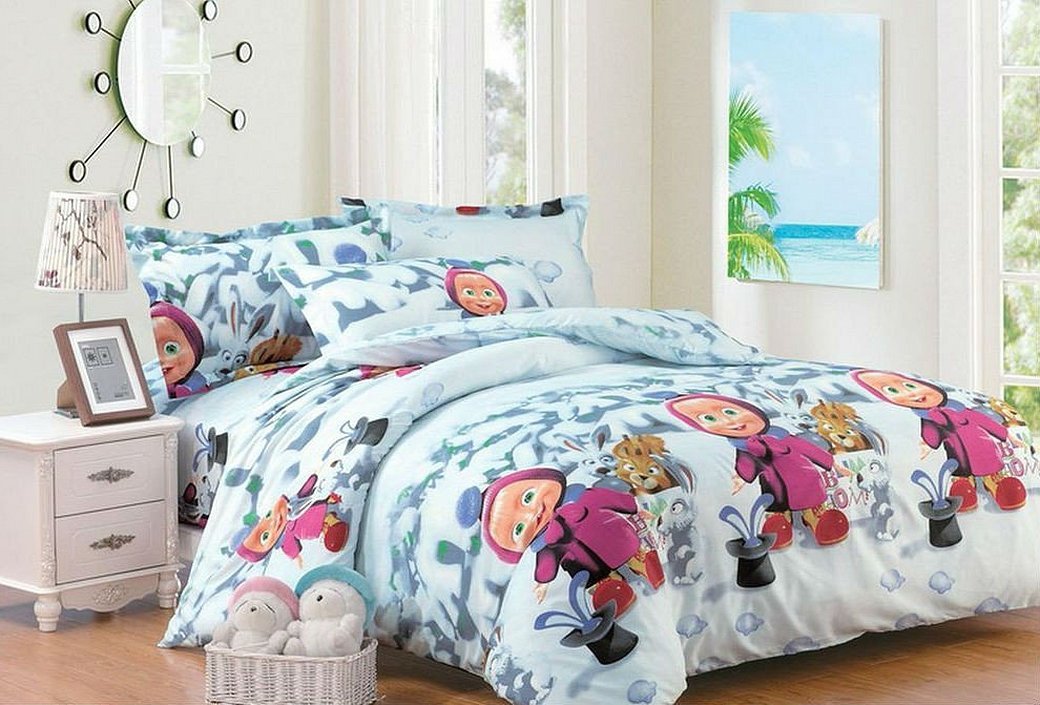
Machine wash
You can wash artificial silk items either by hand or in a washing machine. The second option is more popular, but there are some nuances:
- the temperature should not be higher than 40 °C, higher temperatures will have a negative effect on the fabric;
- it is better to choose a mild washing powder or gel;
- the conditioner will help extend the life of the fabric and add brightness;
- The use of bleach or concentrated products is prohibited.
Important! Polysatin linen does not require dry cleaning.
Comparison with other materials
To better understand the properties and advantages of polysatin, it is worth comparing it with other fabrics. The comparison with satin was above, below are two other types of natural fabrics.
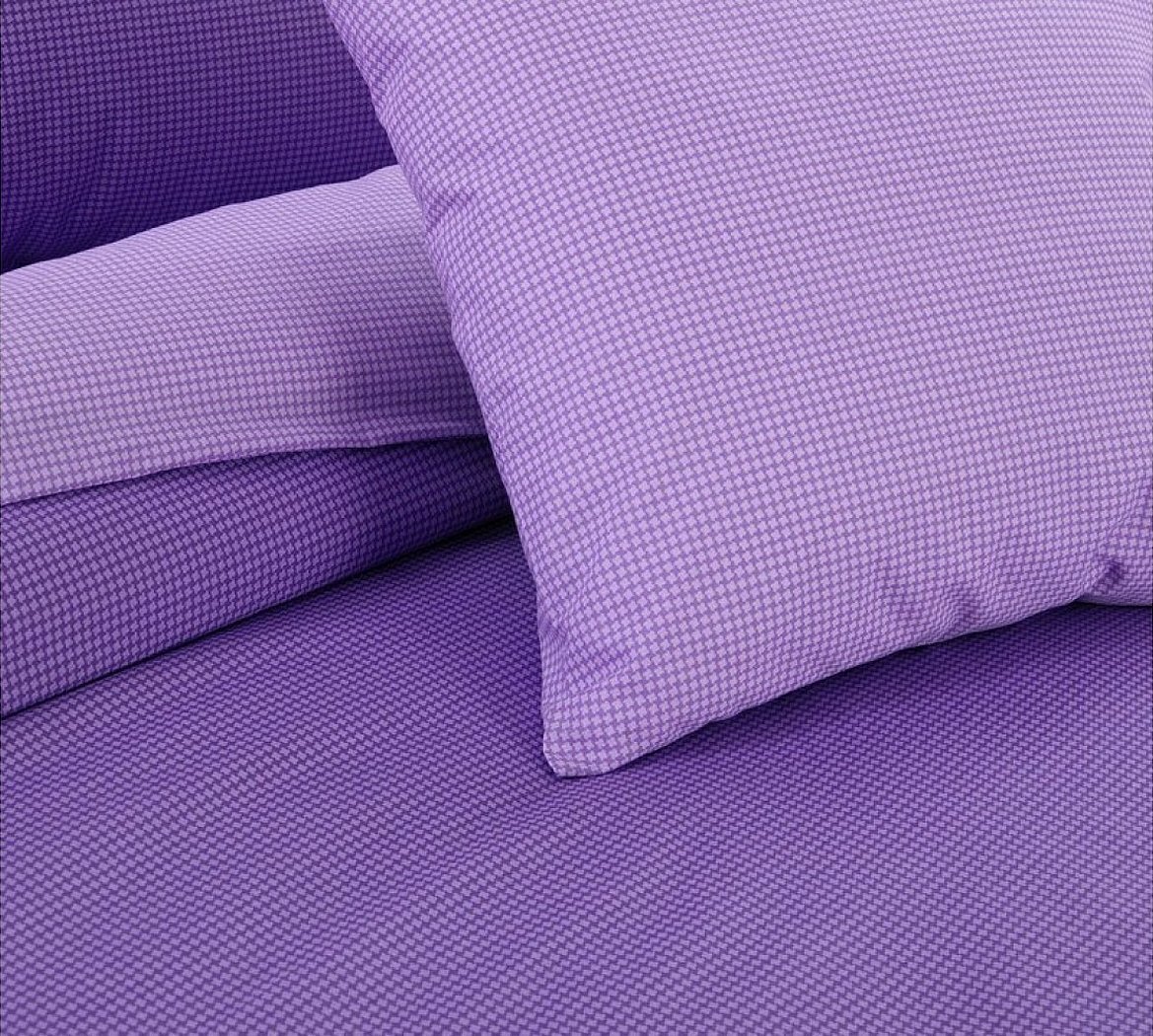
Both are used for making bed linen and clothing:
- Poplin. It consists of cotton or its mixture with a small amount of silk, synthetics or wool. The material is dense, with a relief surface, hypoallergenic, unpretentious and wear-resistant. It is cheaper than completely natural fabrics, but slightly more expensive than polysatin, but its characteristics are superior to the latter;
- Calico is a completely cotton fabric, rougher and more textured than poplin. The material is practical, long-lasting and completely safe. The only disadvantage is the rough surface, which can be unpleasant to the touch. Calico is more expensive than polysatin, but cheaper than satin and poplin.

Advantages and disadvantages
Like any material, polyester has its pros and cons. The former include:
- long service life without changes: the fabric does not deform or shrink, it is difficult to tear or wear out;
- bright colors, a large number of shades, the ability to apply even complex patterns. The color does not change over time;
- the fabric has a smooth and soft surface, pleasant to the touch;
- outerwear made of polysatin is windproof and waterproof;
- undemanding in terms of care: just wash and dry, no need to even iron;
- dries quickly;
- low price compared to some all-natural fabrics. Clothes made from 100% polyester will be cheaper than those made from material containing a higher percentage of cotton (up to 70%).
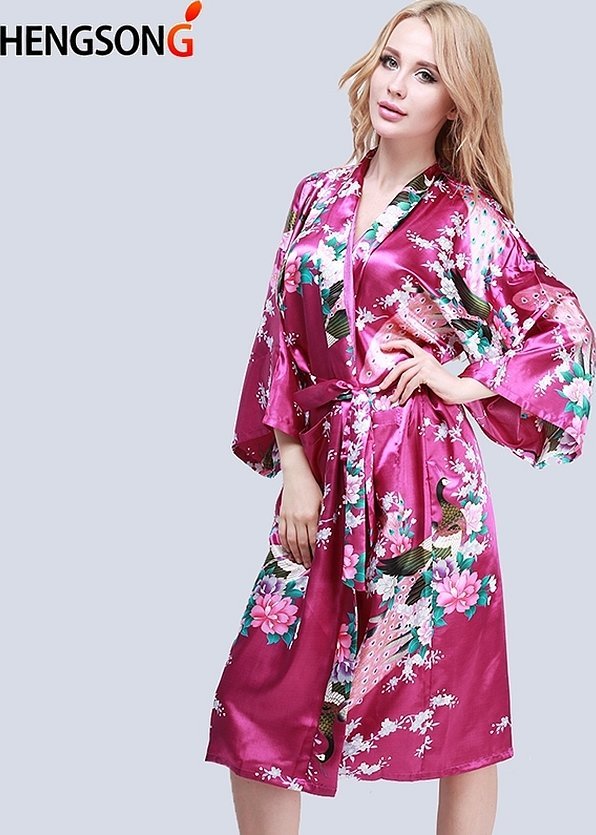
The disadvantages of the material are related to its advantages:
- poorly permeable to moisture and air. This property has both pros and cons: it is irreplaceable for outerwear, awnings and canopies, but wearing polysatin dresses in the heat or sleeping on such bed linen is unlikely to be pleasant;
- the fabric can accumulate static electricity. This is due to the presence of synthetics in its composition;
- Items made from 100% polysatin are not recommended for use by people with allergies and infants, as it can cause skin irritation.
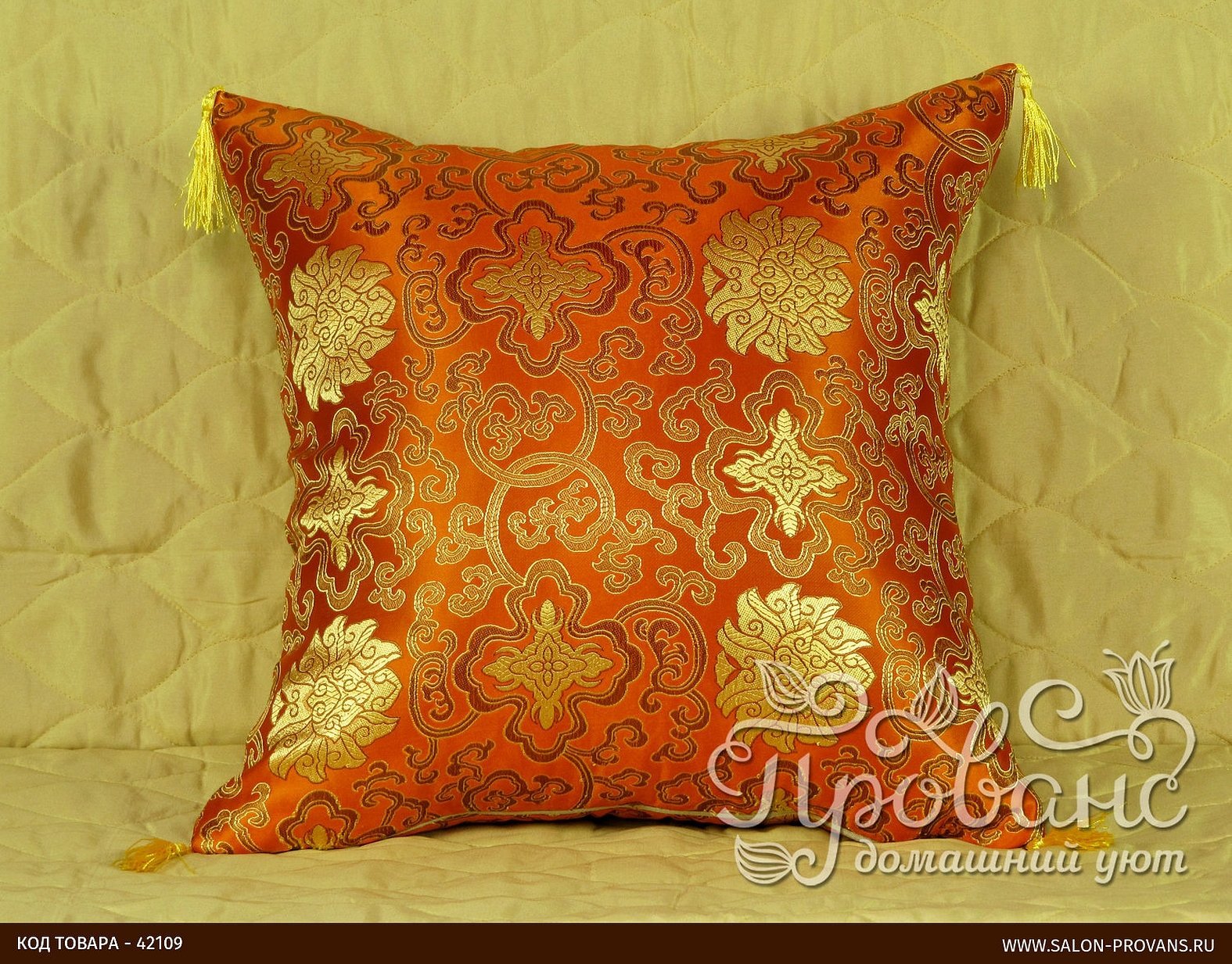
Customer Reviews
Most reviews of polysatin are positive. Bed linen and curtains made of this fabric are considered the best in terms of price, quality and color. Negative impressions are mainly associated with fully synthetic fabrics.
Evgeniya, 45: "Polysatin linen is the best I've ever bought. It doesn't fade, doesn't discolor, doesn't change, the pattern is still bright and rich, although I've been using it for several years. It's not hot to sleep under the sheets in the summer. It contains 35% cotton."
Maria, 34: "A year ago I bought a tablecloth and several napkins, not even knowing about polysatin, what kind of fabric it is, how it is used. The colors have been preserved, the fabric does not tear, the surface has remained smooth. Despite the low price, the quality is excellent."
Olga, 56 years old: "I recently bought a set of bed linen, I was tempted by the low price and regretted it a lot. It electrifies terribly, it is almost impossible to sleep, after several washes pellets appeared. Perhaps it is because of the composition."
Thus, it became clear that polysatin is an unpretentious and durable fabric consisting of satin and polyester, that is, containing natural and synthetic fibers. Depending on the percentage ratio, the characteristics of the material also change. It is used in sewing bed linen, waterproof outerwear, bags and backpacks, as well as awnings, canopies, furniture upholstery, etc. Everyone decides for themselves whether to buy things from it or not, but before that, it is worth weighing all the pros and cons described above.

